The benefits of parsley for the human body, use in medicine, for weight loss, in cosmetology

It is impossible to deny the fact that the benefits of parsley for the human body are invaluable. It is used in traditional and alternative medicine, cosmetology, as a powerful diuretic and tonic.
Content:
- Description of the plant
- What substances does parsley contain, the benefits of parsley for the human body
- Use in folk medicine
- The benefits of parsley for women
- How to prepare parsley decoction for kidney treatment
- How to take parsley for weight loss
- Contraindications for taking parsley
- Use for cosmetic purposes
- Harvesting parsley for the winter
- Growing parsley
Description of the plant
Parsley belongs to the Apiaceae family, represented by biennial crops.
Other characteristic features include:
- A long spindle-shaped root that can reach 30 cm in length;
- The leaves are double-pinnate, shiny on the upper side and dull on the back;
- The flowers are bisexual, forming complex umbels at the tops of the branches;
- The fruit is elongated-ovoid in shape, slightly compressed from the sides. Color greenish-brown;
The plant is resistant to drought and temperature fluctuations, and is unpretentious.
According to some characteristics, it is classified not only as a herbaceous crop, but also as a vegetable crop.
This is due to the fact that it is grown not only for its fragrant foliage, but also for the use of a root vegetable that has become extremely widespread in medicine and cooking.
What substances does parsley contain, the benefits of parsley for the human body
Widespread use in many industries is due to the rich composition of the plant.
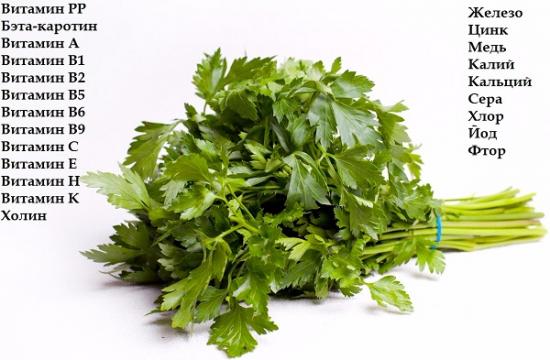
So one bush contains:
- Two to six percent essential oil in seeds;
- Up to 22% fatty oils (petrozelinic acid glycerides) in seeds;
- Ascorbic acid, carotenes and apigenin, which are found in the foliage;
- Kaempferol and quercetin, which can be found in flowers;
- Huge amount of apigenin in the root.
Due to the large amount of these substances, the plant is used not only to improve the taste of dishes, but also for therapy or prevention.
This is used for the treatment of diseases such as:
- Gastritis;
- Depressive state;
- Biliary dyskinesia;
- Anemia;
- Hepatic or renal failure during periods of exacerbation;
- Vision problems, prevention of night blindness;
- Rheumatism, especially if you cannot get rid of it for a long time;
- Constipation;
- Stomach ulcers.
In order to avoid intestinal problems, it is recommended to consume up to two hundred grams of greens per day. This stabilizes the contractile function of the digestive system, helping to avoid problems with stool.
Use in folk medicine
In alternative medicine, all parts of the plant play a huge role. So seeds and foliage are applied for heart disease, urolithiasis, cystitis or inflammation of the sciatic nerve.
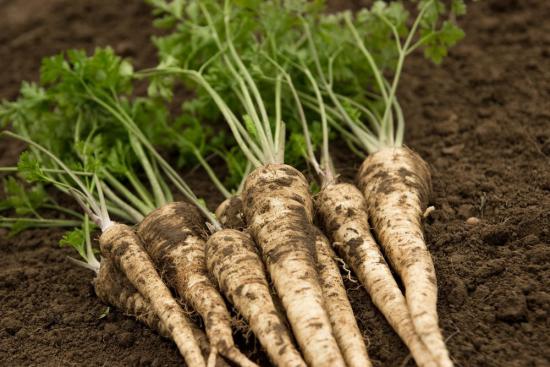
The following recipes for the treatment of pathologies are widespread:
- For nephritis, dropsy, and pathologies of the genitourinary system, it is recommended to take freshly squeezed juice;
- If there are internal parasites, it is recommended to pour a large spoonful of raw material into one glass of water and boil for half an hour. Let cool and filter. Take two large spoons three times a day before meals;
- To optimize digestion, mix 1/2 teaspoon of seeds with two glasses of cold boiled water. Let it brew and take a large spoon three times a day half an hour before meals;
- For bruises, you need to use lotions made from crushed leaves.
However, it is important to consider that if the condition worsens or the disease becomes serious, self-medication with folk remedies can negatively affect the patient’s condition.
Folk remedies are good in the early stages, with a mild pathology.
Let's watch a video about the benefits of parsley for the body and the healing properties of the plant:
The benefits of parsley for women
The plant has a wide spectrum of action and is used not only to improve the functioning of the digestive system. So the root will come to the aid of women who suffer from pain during menstruation or a broken cycle.

In order to achieve results, it is recommended to consume it fresh or as a decoction. To do this, you need to brew 100 g of finely chopped root with a liter of water and drink half a glass a day.
In order to prevent the possibility of developing problems, you need to add a small amount of fresh parsley to your food daily. It is beneficial for all body systems.
How to prepare parsley decoction for kidney treatment
Since the plant has a diuretic effect, it is not surprising that it is used to treat kidney diseases.
So for treatment it is recommended:
- Wash and finely chop 800 g of leaves, add milk and place on low heat. Let it heat up, but do not bring it to a boil, then let it cool and filter. Take a tablespoon every hour;
- Crush the seeds and add one-half teaspoon to a glass of water. Let it brew for eight hours, drink per day;
- Pour a teaspoon of seeds into a liter of cold boiled water and let it brew for twelve hours.
- Drink three tablespoons every few hours.
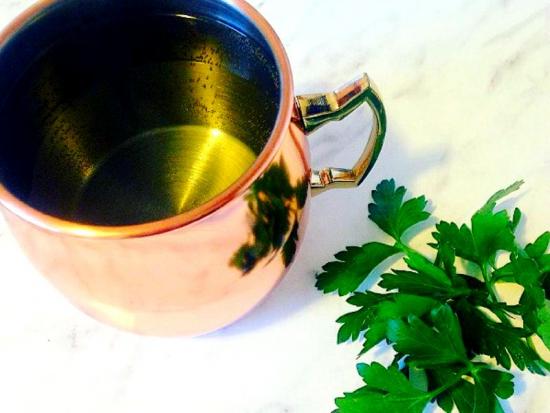
The beneficial properties of the plant allow you to cleanse the kidneys of accumulated toxins, which will prevent the formation of stones.
Timely initiation of therapy is the key to avoiding the need to move on to more serious treatment in the future.
How to take parsley for weight loss
The effectiveness of this plant for those who want to lose weight is due to a number of properties. Thanks to the diuretic effect, the body gets rid of excess fluid.
When consuming greens before a meal, the feeling of hunger is suppressed. This way, the feeling of fullness comes faster and prevents you from overeating.
In addition to the obvious effect, the plant stimulates fat metabolism processes, which is especially important in the presence of cellulite. In addition, it helps remove toxins and stabilize metabolic processes.
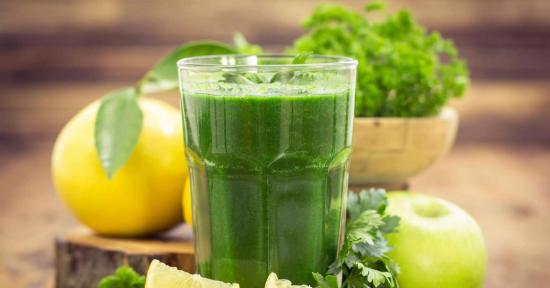
With regular consumption of fresh greens, as an addition to the main meal, you can lose up to 5 kg in a month. However, in order to consolidate the result, you will need to reconsider your diet and do not forget about visiting the gym.
In addition to fresh herbs, you can consume a decoction for weight loss based on parsley.To do this, you need to finely chop a bunch of greens, pour boiling water over it and cook over medium heat for three minutes.
The resulting liquid must be cooled, then filtered and diluted in a one-to-one ratio. Depending on the amount of the resulting decoction, it can either be drunk at a time or divided into several times.
However, it is important to remember that you need to consume it as quickly as possible, before eating. The longer the broth sits, the more beneficial properties it will lose.
Consumption of the decoction should not exceed several weeks. You can repeat the course after a month's break.
Contraindications for taking parsley
There are no clear contraindications to consuming this plant in cooking. This is an environmentally friendly product that can negatively affect a person’s condition only in case of individual intolerance.
However, if the plant is used in treatment, it is worth paying attention to a number of features:
- It is not recommended to use essential oil and seeds as they are toxic. Therefore, during therapy it is important to observe the dosage and proportions;
- Taking infusions for more than two weeks in a row is not recommended.
- However, before starting treatment with this method, it is recommended to consult a specialist. This will help you create the most effective treatment regimen.
Use for cosmetic purposes
The abundance of beneficial elements and vitamins makes it possible to use parsley as a central component of many cosmetic recipes. So the plant is used to eliminate scars, lighten the skin, and stop the spread of inflammatory processes.

Used in the form:
- A decoction that is recommended for daily use by those with oily skin.To make it, you need to pour 50 g of raw material with half a liter of water and boil for five minutes. Let it brew for half an hour, then filter and pour into a glass container, store in a cool place for no more than two days. Use for wiping the skin or compresses for the eyelids;
- Ice is the best option for skin toning. To prepare, you need to chop the leaves and stems and then squeeze out the juice. Pour the resulting liquid into molds and place in the refrigerator. Wipe the skin in the morning, without holding the cube in one place for more than a few seconds;
- Cream - has a whitening, antimicrobial and moisturizing effect. For preparation you will need sour cream (30-90g) and fresh herbs (30g). Sour cream will saturate the skin with moisture, which will help prevent the premature formation of wrinkles. Chopped greens must be mixed with sour cream and applied to the face for 20 minutes, then washed off without using detergents. For those with oily skin, it is recommended to replace sour cream with yogurt and leave for no more than 15 minutes.
An important advantage of such recipes is their naturalness and the almost complete absence of contraindications. The only thing that can serve as a direct obstacle to use is individual intolerance.
Harvesting parsley for the winter
This question arises especially acutely for housewives who are concerned about where to find greens in the frosty season? There are several storage methods from which you can choose the best one.
| Drying | You can dry it in the open air, covered with gauze, or in the oven. However, in the second case, there is a danger of spoiling the greens.To prevent this, the temperature should not exceed + 60 C, in addition, it is recommended to turn the greens periodically. Store in tightly closed jars, away from moisture. |
| Filling with oil | Suitable exclusively for greens. To do this, you need to finely chop the raw materials, then place them loosely in jars and fill them with vegetable oil. The resulting mixture will be a piquant decoration for any winter salad. |
| Freezing | To do this, it is recommended to wash, dry the greens and package them in bags, tightly closed containers or vacuum bags. Place the resulting packages in the freezer. |
| Salting | For storage, it is recommended to finely chop the greens and mix with salt in a ratio of five to one. Place the resulting mixture in dry, sterilized jars. Can be stored on the balcony, bottom shelves of the refrigerator or cellar |
Any of the methods is suitable for long-term storage of parsley, depending on what exactly you want to see when you open a jar or bag of herbs in winter, you can choose any of the options.
Growing parsley
This unpretentious plant is perfect for growing in open soil. At the same time, several harvests can be harvested from one planting per season.
The best seeds for planting are those collected two years ago. Before sowing, they need to be soaked in warm water for two days, and then placed in a growth stimulator for a day.
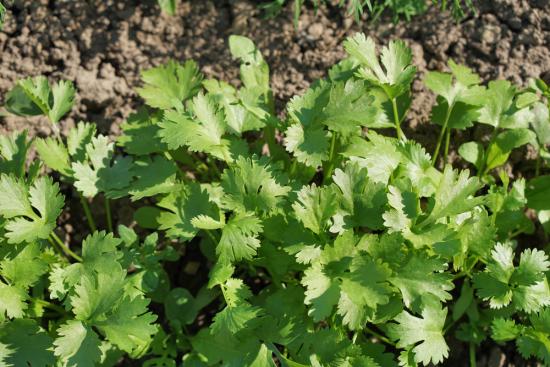
After this, we proceed to disembarkation:
- Seeds should be planted to a depth of 2 cm in rows. The distance between adjacent seeds should be at least 7 cm;
- Before sprinkling the seedlings, it is recommended to water the rows, then bury and water again;
- After the first shoots appear, if necessary, thin them out so that there is a distance of at least three centimeters between neighboring bushes. By the tenth day, this distance should reach ten centimeters. The bushes that had to be pulled out can be eaten;
- The optimal conditions for the germination of parsley are a temperature of no more than 20-24? C; it is better if after sowing the soil is covered with a film.
You can sow greens not only in spring, but also before winter. To do this, it is worth sowing the seeds at the end of October. To prevent the seedlings from freezing, the top of the crops must be covered with peat. In the spring, after the snow has melted and the soil has warmed up, it is recommended to cover the seedlings with film.
After the first green leaves appear under the film, it must be removed. At this time, the seedlings are no longer afraid of temperature fluctuations and calmly tolerate possible cold snaps.
In order for the harvest to be abundant, it is important to pay attention to the soil before planting. If these are heavy soils, they need systematic loosening. In addition, do not forget about the need for watering - this is the key to lush tillering.
However, if you plan to send the leaves for drying, it is better to reduce watering. In this case, the bushes will be less lush, but will retain a spicy aroma.
Along with watering, you need to fertilize. A few per season will be enough. So, at the beginning of growth, it is worth adding complex fertilizing, and closer to autumn - potassium or phosphorus.
Parsley is a well-known and widespread plant, used in cooking, medicine and cosmetology. The rich chemical composition ensures the effectiveness of preparations based on this green and its spicy taste in salads.
Even more information about the useful plant is in the video:



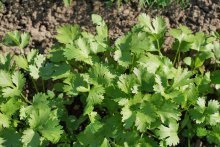


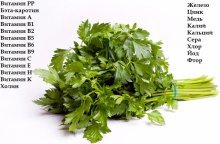


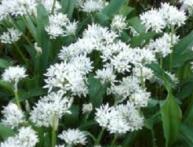
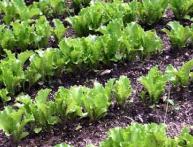


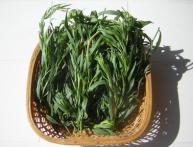
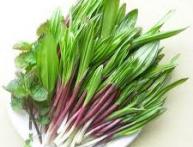

Comments
I regularly use parsley leaves in salads, and the root as a seasoning for meat dishes. I think that the substances it contains can slightly enhance metabolism, which promotes weight loss. But for a stable result, you still need to increase physical activity.
Another big plus to all the above-mentioned advantages of parsley is that its fresh greens are good at repelling unpleasant odors. I ate equally healthy onions or garlic - chewed parsley and there is no smell - you can communicate with other people without fear. In the absence of fresh, you can chew dried with slightly less effect.
We do not prepare parsley for the winter, but eat it fresh, add it to salads and decorate various dishes with this greenery. In parsley, not only the foliage is useful, but also the stems, we use them too.
In the summer I often use a parsley mask. I am very pleased with the result, the skin immediately becomes soft, velvety and nourished with beneficial substances. I also like to use it in salads, because it is a storehouse of vitamins.
I love parsley, I always add it to salads and sauces. For the winter I wash it well, cut it and freeze it. This is how it retains its unique aroma. I also know about its skin whitening properties. I've never tried it, but I've read a lot about it.